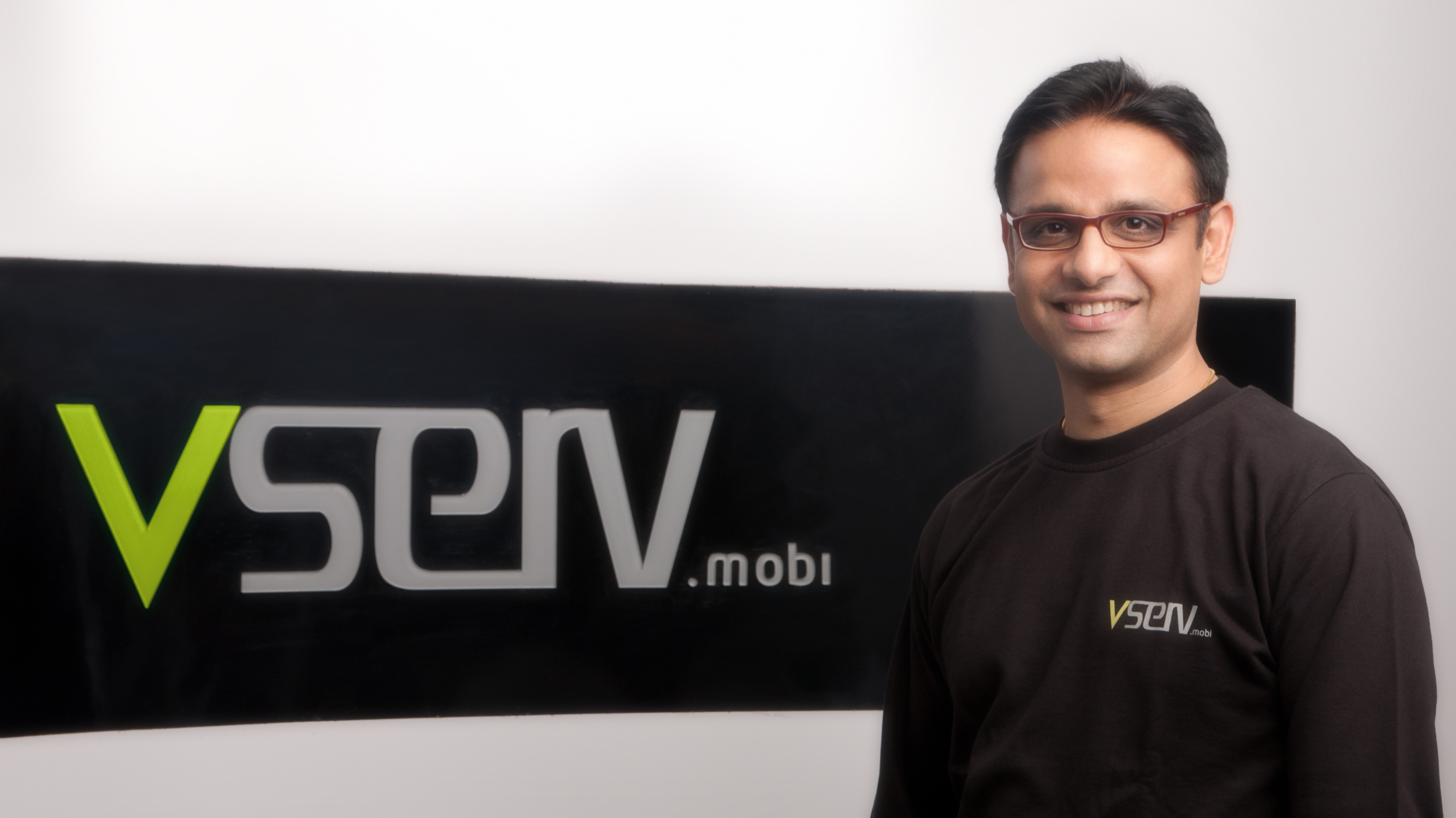 As mobile advertising continues to evolve, Vserv.mobi predicts the key trends that will drive the industry next year-
As mobile advertising continues to evolve, Vserv.mobi predicts the key trends that will drive the industry next year-
- 1. Native advertising will lead to richer user engagement
Native advertising on mobile will undergo a lot of customization as marketers will closely emulate andleverage the characteristics of the mobile environment i.e. an app or a site wherein the content is featured. Advertisers will also demand deeper understanding of the mobile platform to create marketing strategies that drive relevant engagements. We will see native mobile ads being more mainstream as these ads, with the right content and context, will be designed to merge seamlessly with the app to not interrupt the user experience. This will ensure that users perceive mobile ads as a rich, engaging experience, as it will reduce the stark transition between content and ads. As the mobile consumer base grows, brands will begin paying more attention to creating content and will apply learnings from other media (print advertorials, branded content) to the mobile medium.
2. Brands will scout for advertising solutions to leverage Wearable Technology as a new consumer touch point
The advent of new technology like wearable computing devices such as Google Glass and smart watches, will spur marketing efforts as brands will try to keep up with engaging mobile users, with a cross-device consumer targeting strategy. Consumers are living in a cross device world as they switch between a PC, mobile or tablet to complete an activity. Advertisers are taking notice of this user behaviour and will look to adopt marketing strategies that best reflect multi-screen consumer behaviour. By this, they can tailor their ads for each device, making use of the distinctive features of that particular device. With wearable tech, brands can connect more closely with their customers and they will scramble to devise a consumer centric strategy for these users.
3. OEMs/Device Manufacturers will look at new OS platforms as strategic alternatives to build a sustainable competitive advantage
With Google taking control of Android to curb fragmentation & Microsoft acquiring Nokia, big OEMs will look for strategic alternatives including pushing for new OS platforms. The year will see a consolidation of operating systems and the devices that they run on. Meanwhile, manufacturers are pushing the development and production of several new mobile operating systems such as Tizen, Ubuntu and Sailfish. Other manufacturers like Xiaomi’s MIUI have their own closed Android spin-offs, some of which should go live in 2014. With such a diversified user base, there will be an operating system for every type of consumer.
4. Mobile Real-Time Bidding (RTB) will foster enhanced audience targeting and personalised ads through 3rd party audience data
Mobile being the most personal medium, gives advertisers the ability to target their ads with a much higher degree of accuracy. Aiding them in this is the explosive growth of Mobile Real-Time Bidding (RTB). With RTB, various targeting parameters about users can be utilized to serve relevant ads based on their advertiser ID. Ad impressions that are enriched by this third-party data through RTB, enable advertisers to bid intelligently on mobile inventory on an impression-by-impression basis, cost effectively and efficiently. With RTB, ad space across various audience segments is also available to marketers for targeting specific user groups providing greater transparency. Exchanges that aggregate this user data serve more relevant ads and hence offer best monetization for publishers. Also, mobile display ad spends are set to grow seven times faster than online advertising models resulting in an overall increase of over 70% in mobile RTB spending. As advertisers, developers, publishers &telcos start collaborating to leverage the audience buying platform, mobile RTB will continue to revolutionize mobile advertising.
5. Physical context will turbo charge location based advertising
User information will define mobile advertising as their location and other physical context helps advertisers display the right ad to the right user at the right time. Marketers will use context to connect with consumers based on who they are, where they are and what they may actually want at that specific time and place. Physical behavioural context such as driving, walking etc. will help brands engage customers through personalised ads. Mobile advertising will utilize geo-aware and geo-fencing techniques to send different messages to different users based on their position and movement. Location based advertising utilizing real time and historic data can deliver ad campaigns based on insights derived from consumer behaviour and will enable brands to roll out special deals that users can quickly check out.
6. Appification of localised content will rise rapidly
There will be an increasing number of regional and localised content and apps being developed to cater to the huge untapped non-English natives and consumers who desire local data. This content could be in the form of a particular location or language. As content consumption on mobile devices outpaces other mediums, publishers who did not port their offline content to digital will leapfrog the online medium and their content will directly come to mobile to reach out to a larger audience. Publishers will follow the growing demand and developers will make apps which contain specialized information for a particular location.

